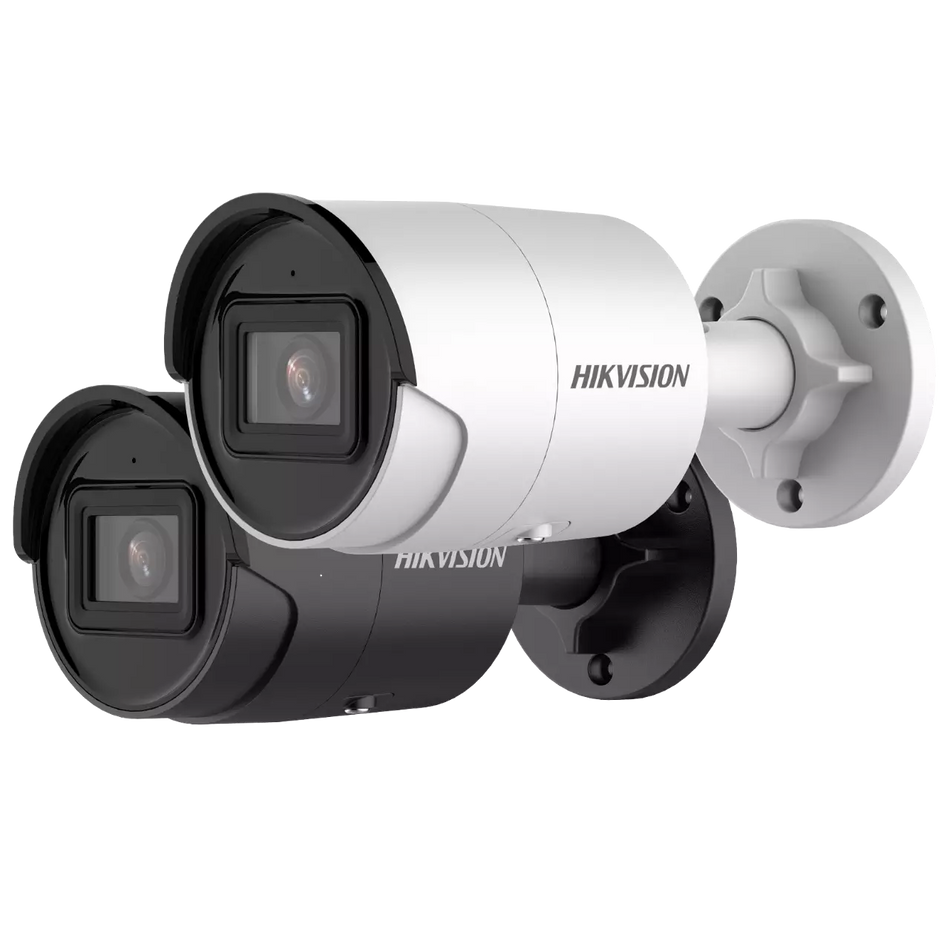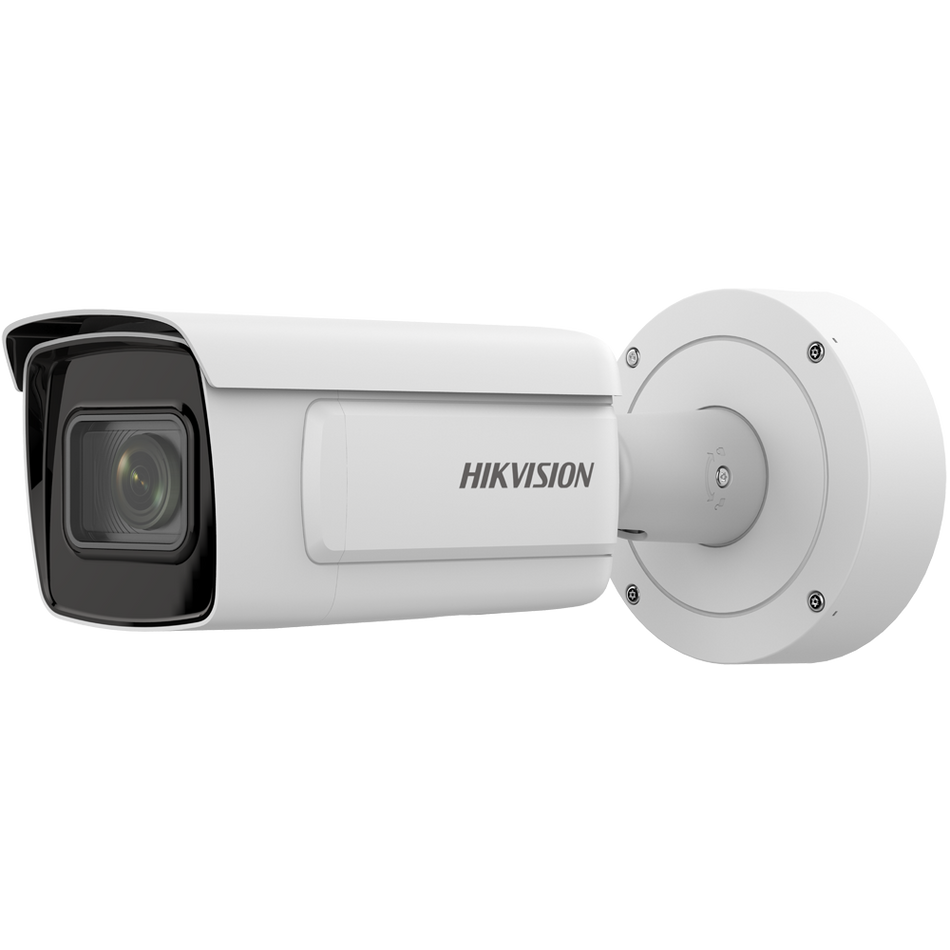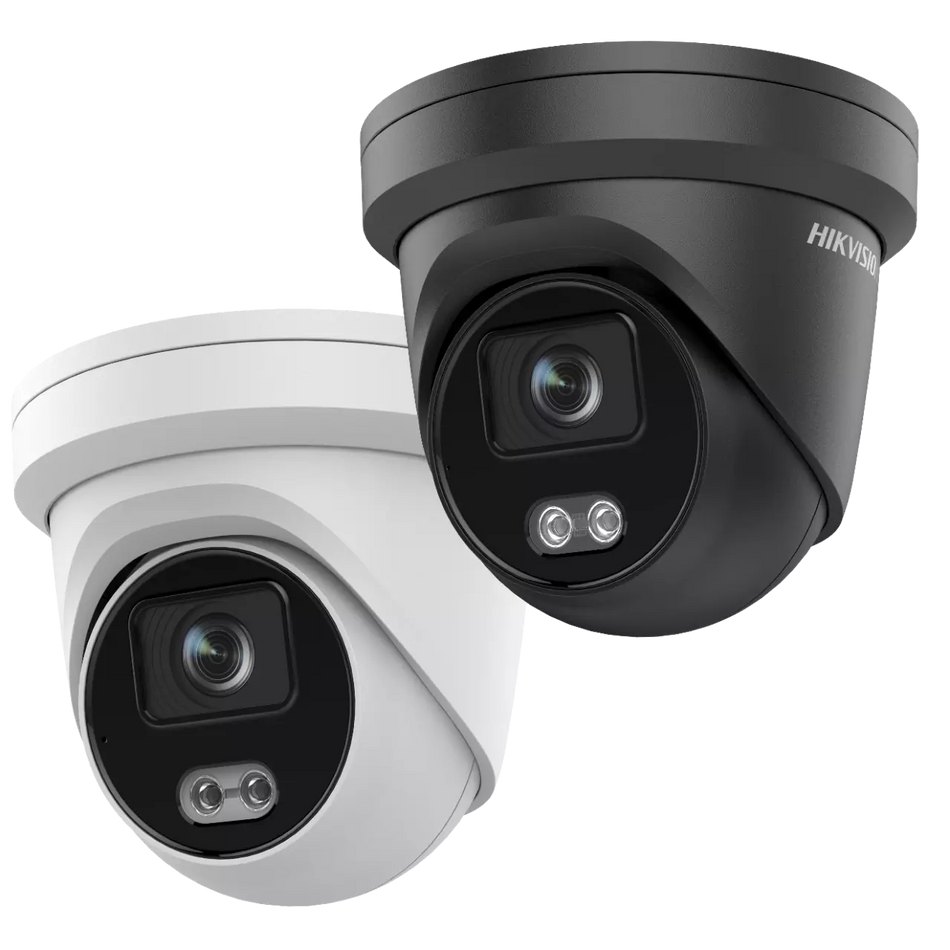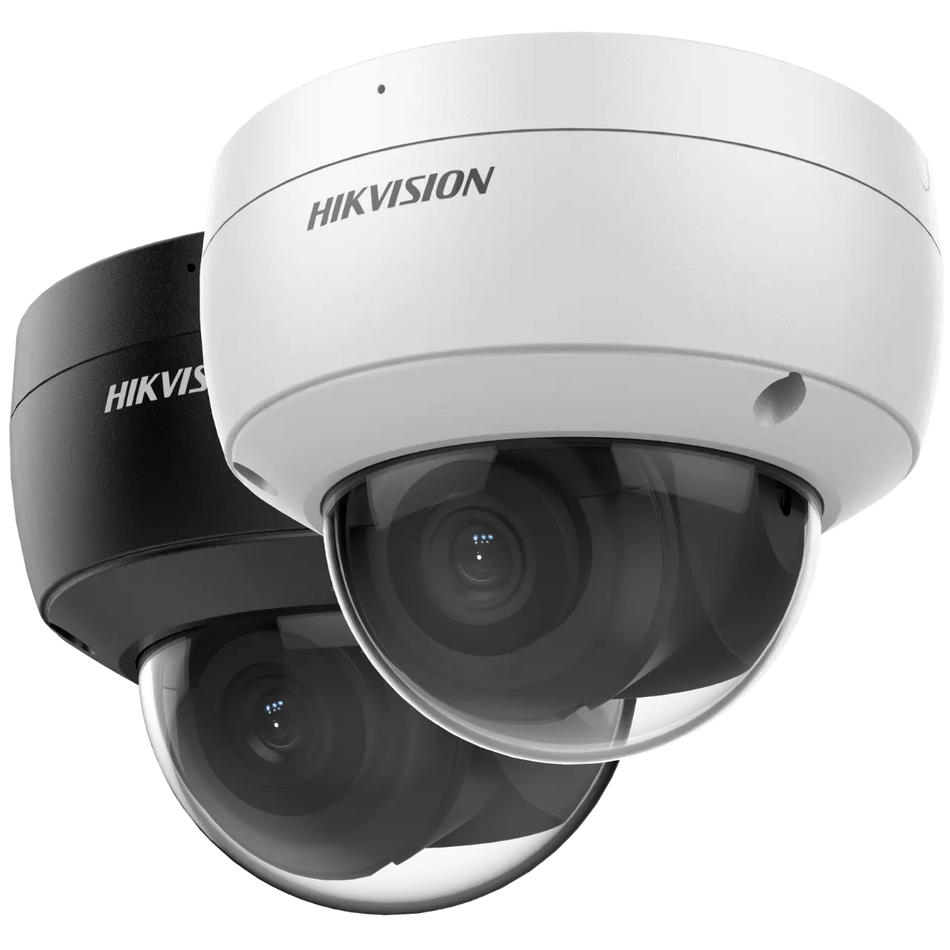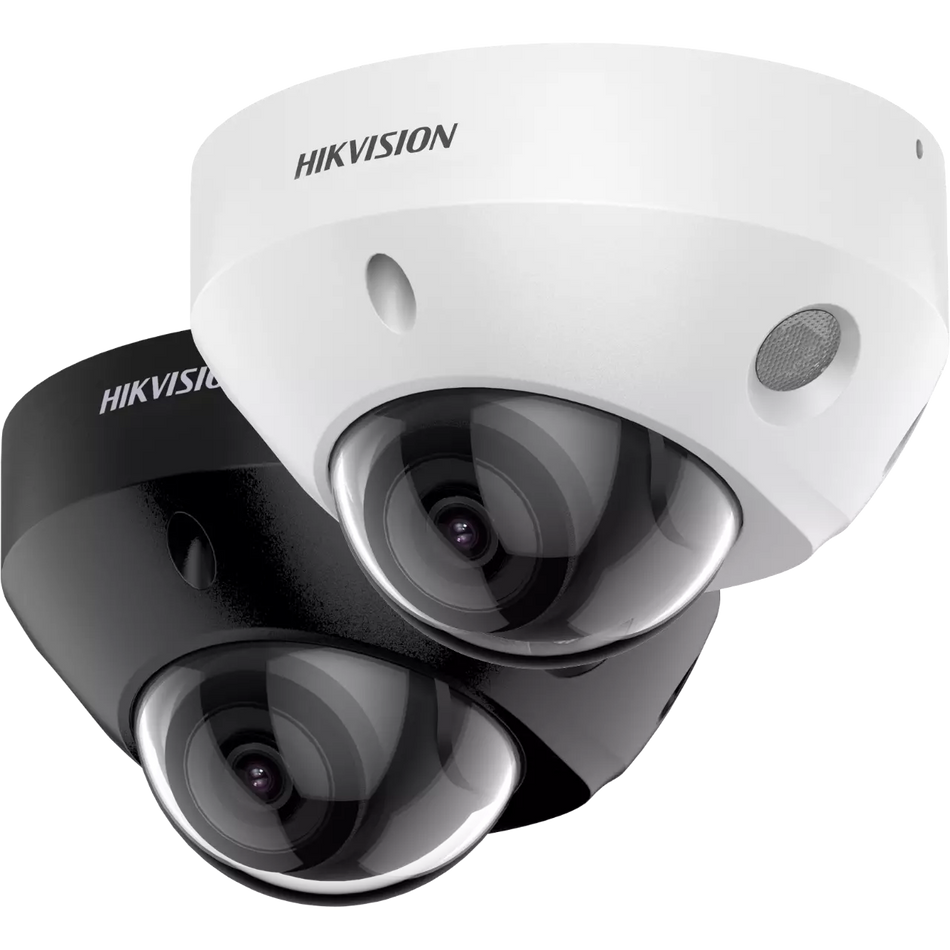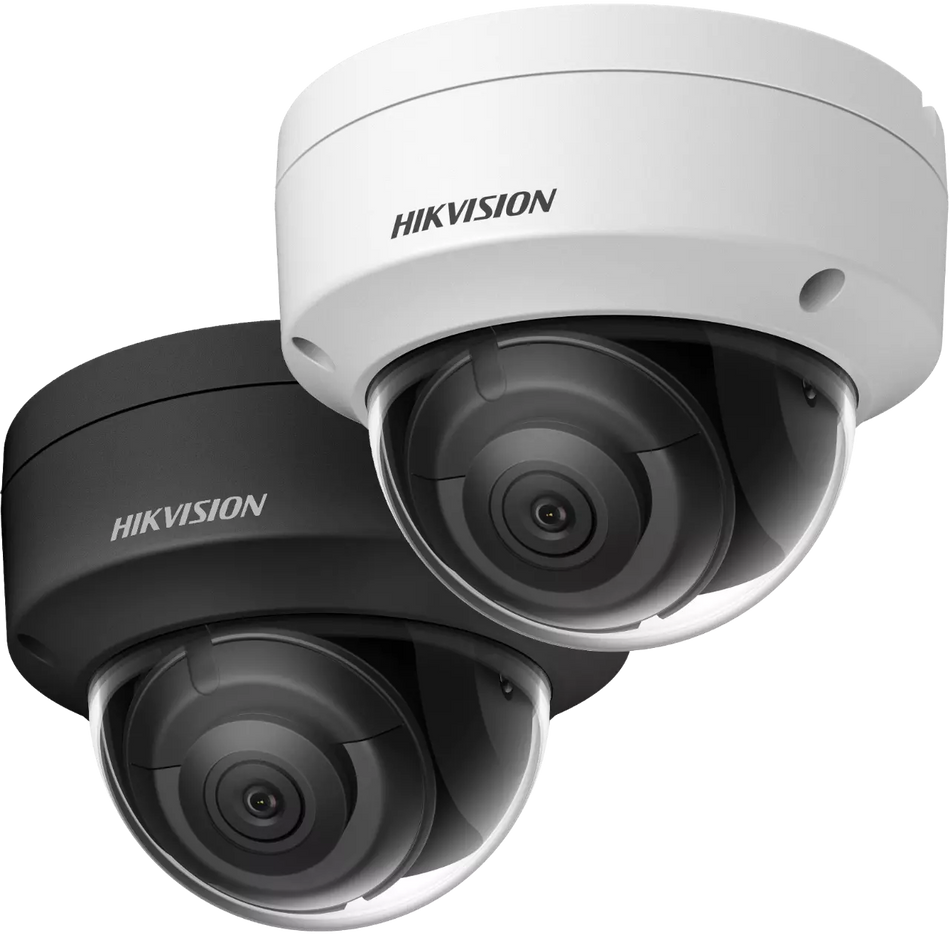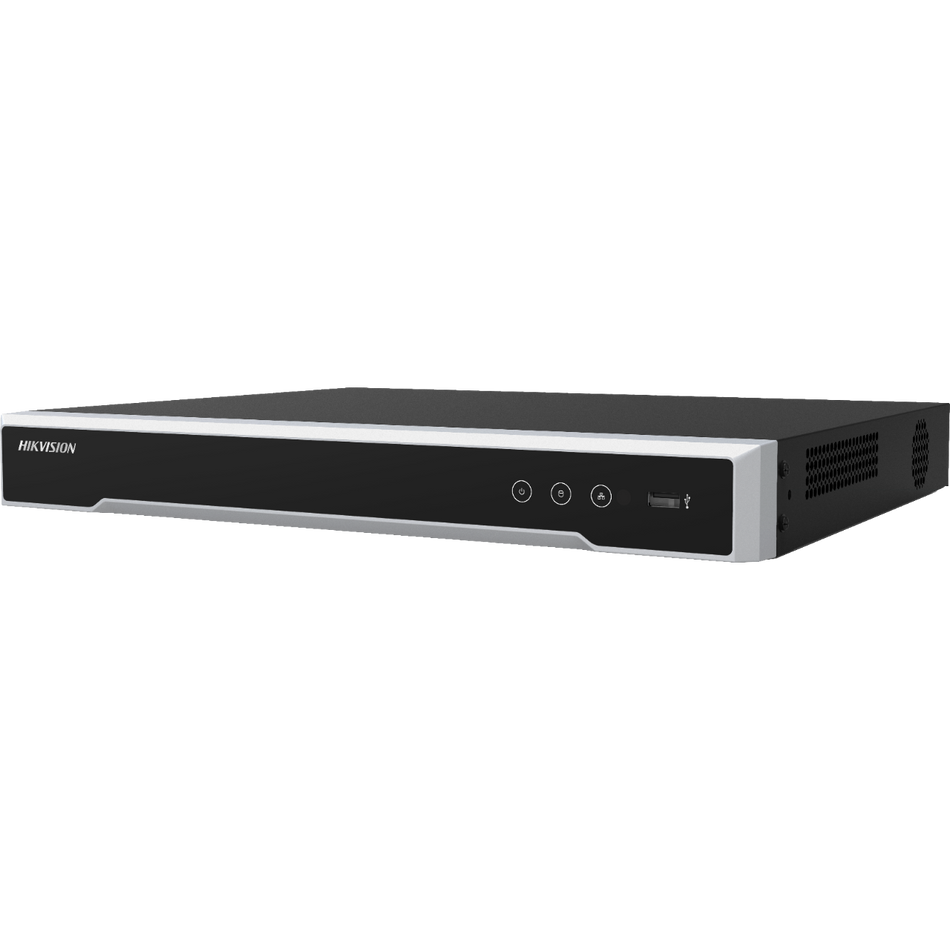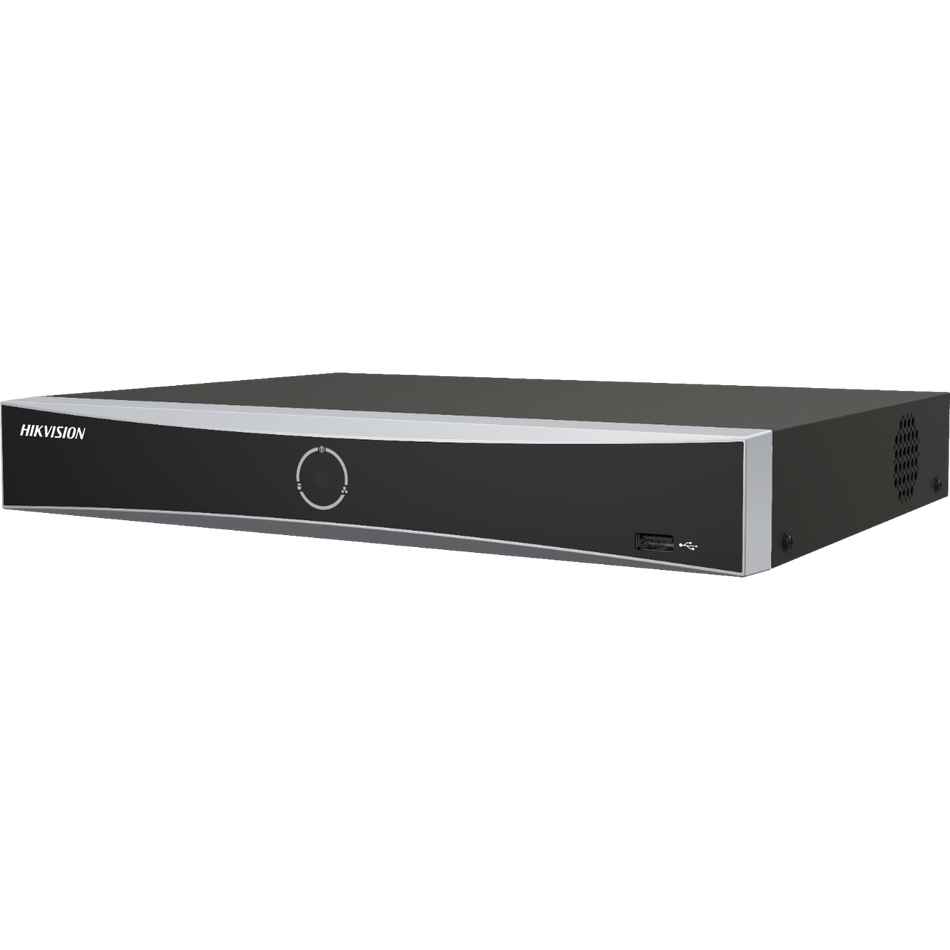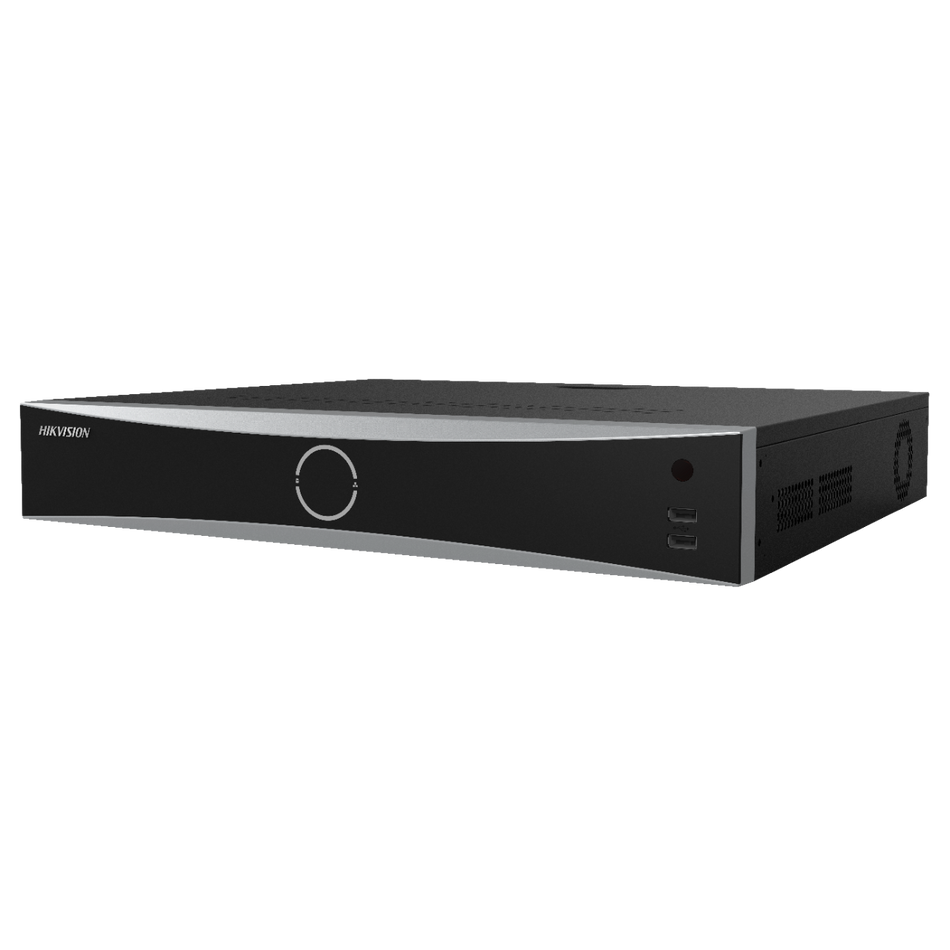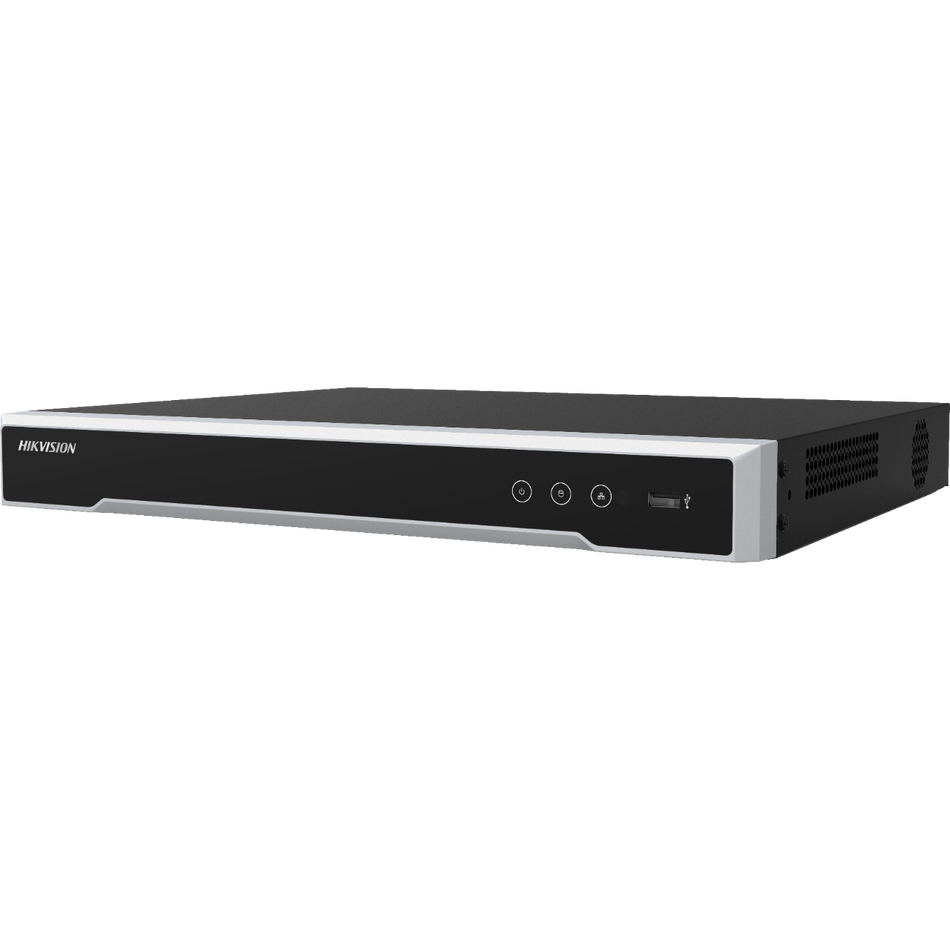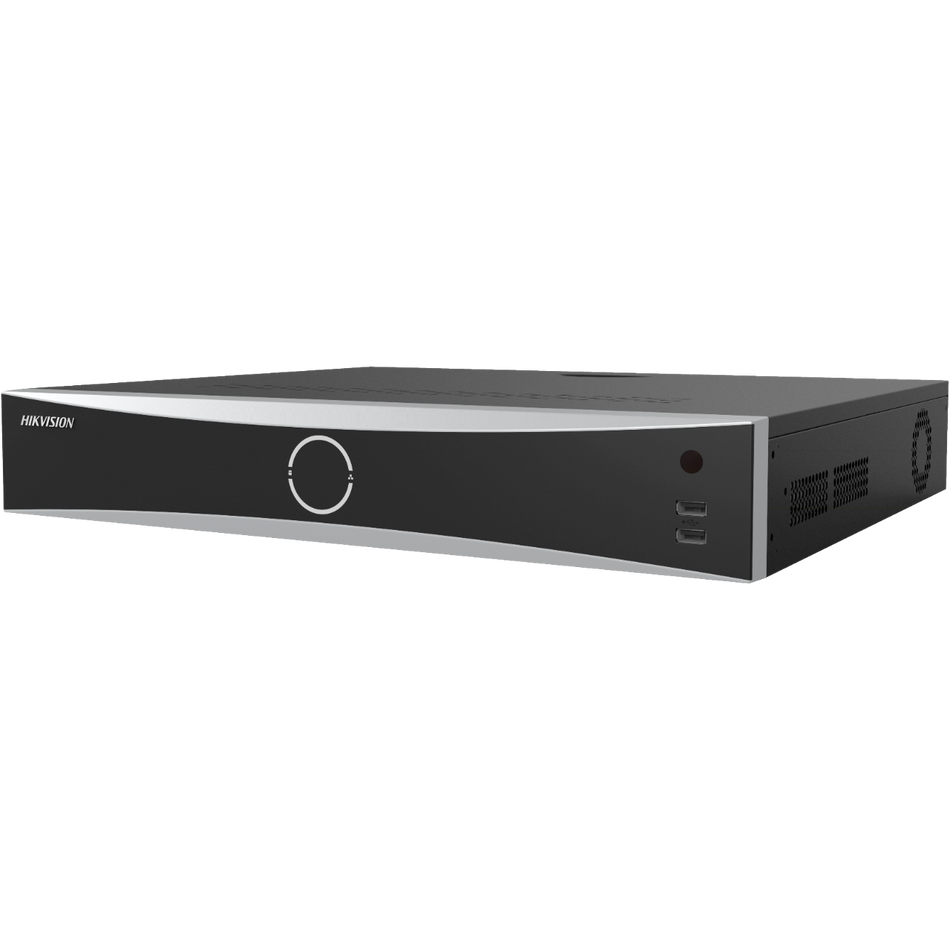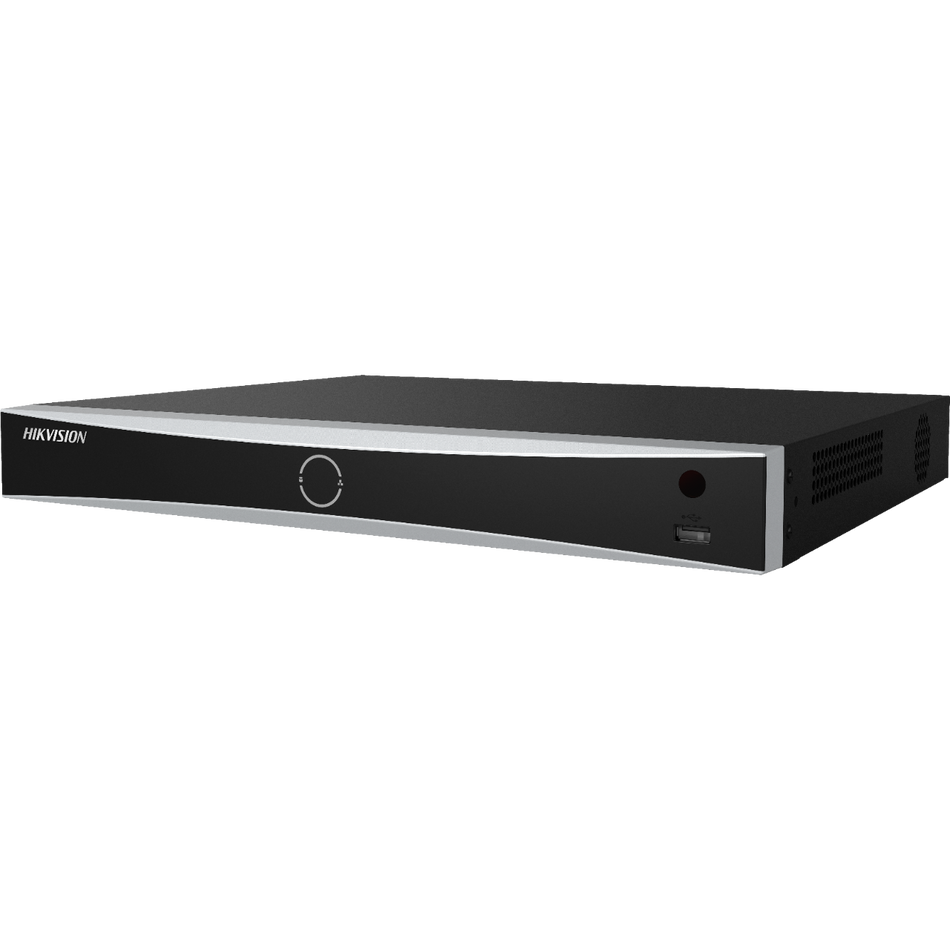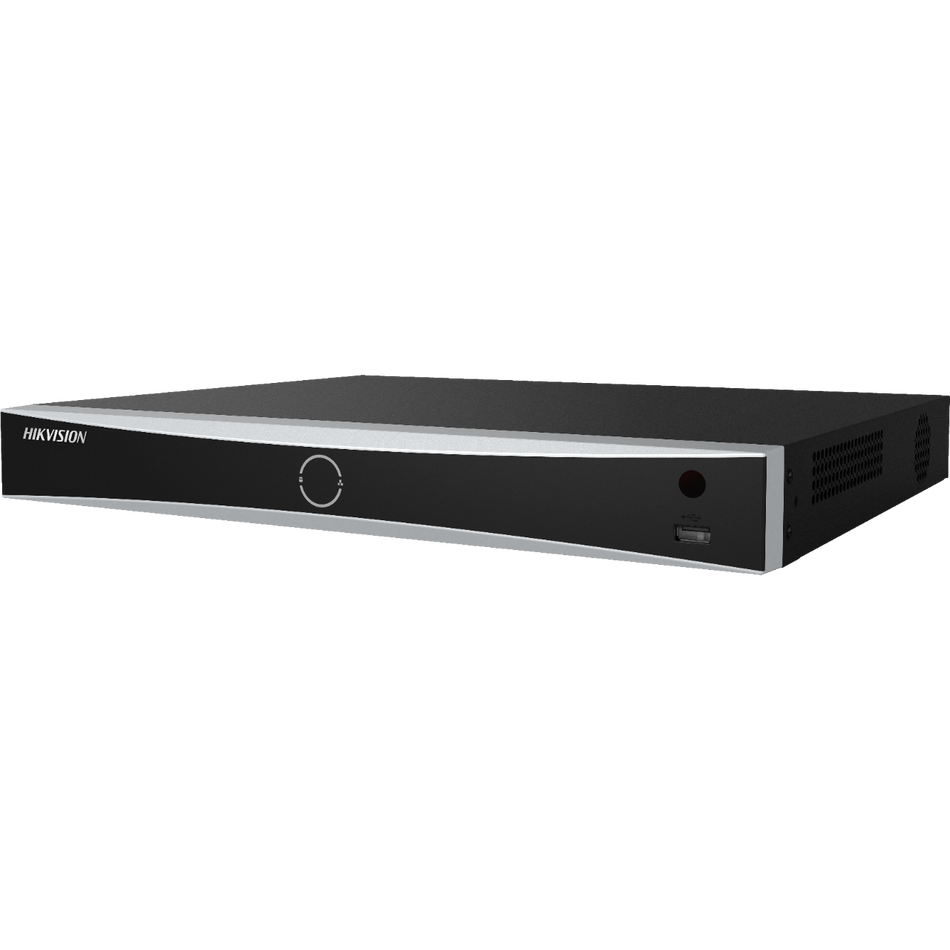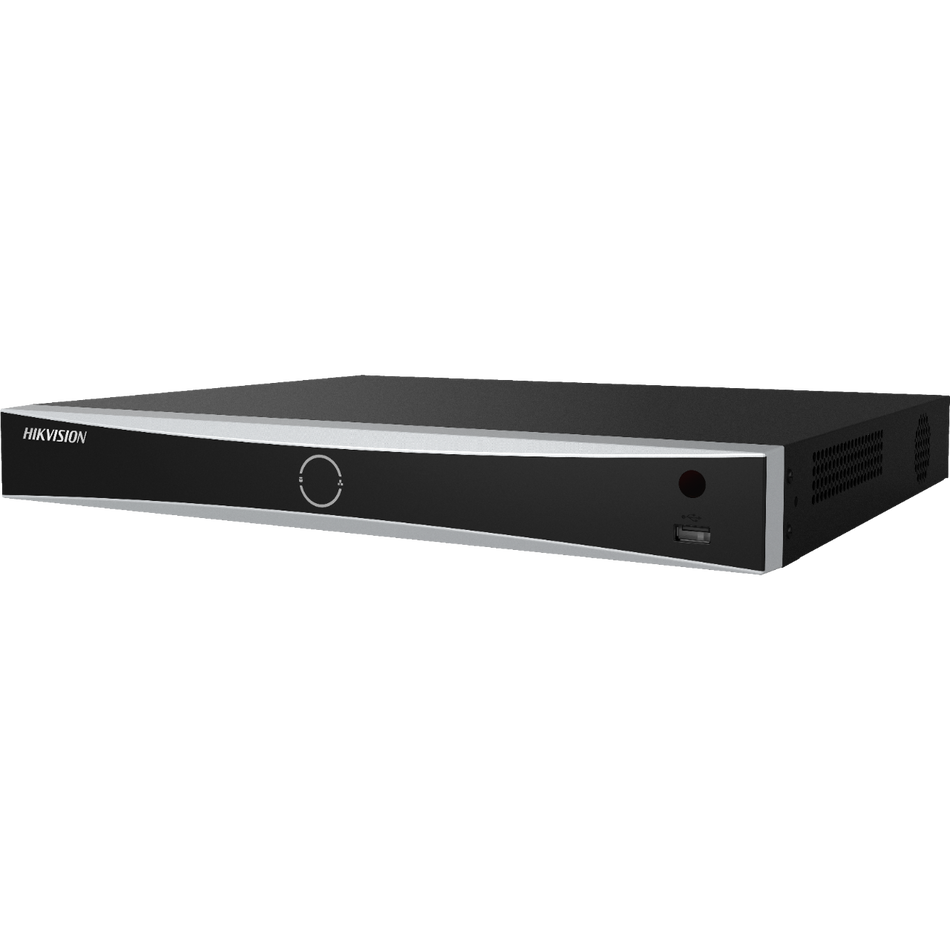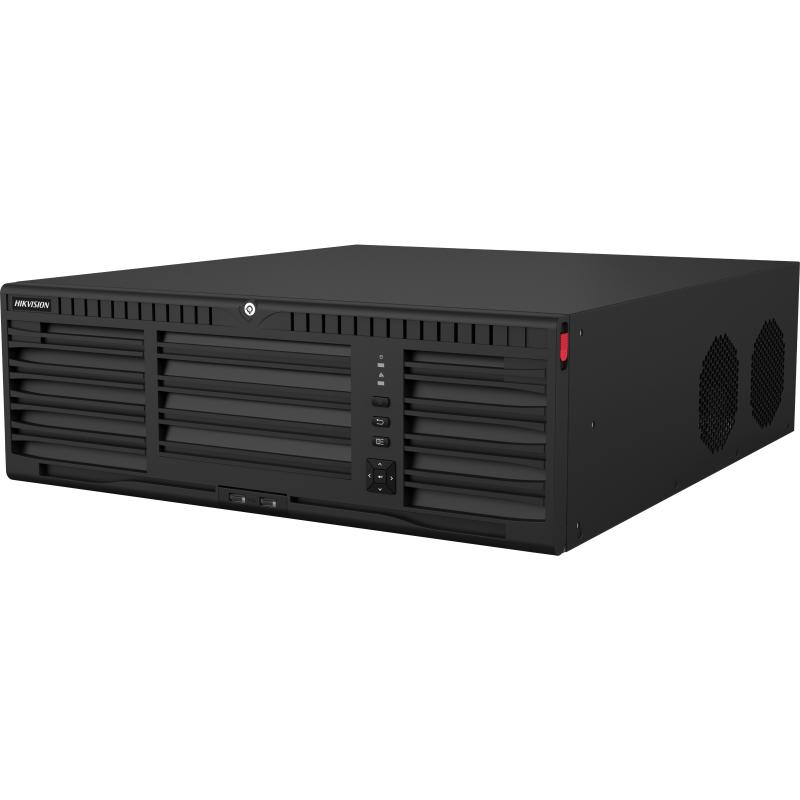Choosing and Pairing Hikvision IPC and NVR
Based on the previous sections, we will now illustrate how to choose and pair Hikvision IPC and NVR for different surveillance scenarios. By understanding the unique requirements of each environment, you can select the ideal combination of cameras and recorders to ensure optimal security and performance.
Home Surveillance
For a typical home surveillance setup, you might need 4-6 IPCs to cover entry points and key indoor areas. A suitable NVR would have at least 8 channels to allow for future expansion. Here’s an example of a home surveillance combination:
- IPCs: 4 Bullet Cameras with ColorVu for full-color night vision and 2 Dome Cameras for indoor areas.
- NVR: DS-7608NXI-K1/8P Pro Series NVR with 8 channels and 2TB storage.
This setup provides comprehensive coverage with high-resolution imaging and sufficient storage for home security needs.
Office Surveillance
An office environment typically requires more cameras to cover multiple entry points, workspaces, and sensitive areas. A Pro Series NVR with more channels and storage is ideal. Here’s an example combination:
- IPCs: 6 Dome Cameras with AcuSense for accurate detection and 4 Turret Cameras for flexible indoor monitoring.
- NVR: DS-7716NI-M2/16P Pro Series NVR with 16 channels and 4TB storage.
This configuration ensures effective monitoring of the office with advanced features to minimize false alarms and enhance security.
Warehouse Surveillance
Warehouses require extensive coverage with robust and weather-resistant cameras. An Ultra Series NVR is suitable for handling large-scale surveillance needs. Here’s an example combination:
- IPCs: 10 Bullet Cameras with Smart Search for long-range outdoor monitoring and 6 Dome Cameras for indoor areas.
- NVR: DS-7732NI-M4/16P Ultra Series NVR with 16 channels and 16TB storage.
This setup provides high-performance surveillance with advanced search capabilities, ensuring comprehensive coverage of large areas and critical points.
By following these examples, you can effectively choose and pair Hikvision IPCs and NVRs to suit different surveillance scenarios, ensuring a reliable and high-quality security system.








